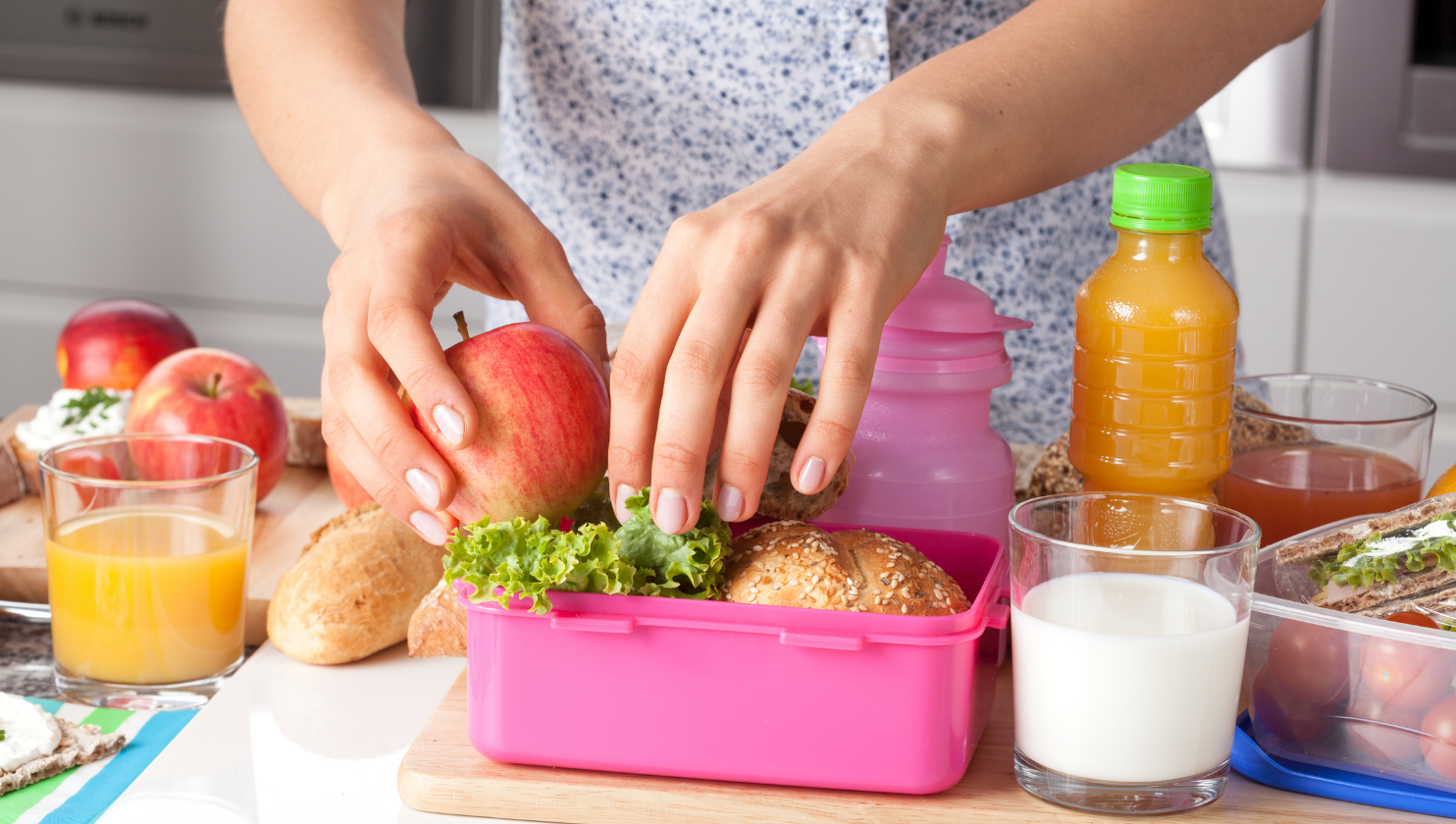As the kids return to school, parents will quickly become reacquainted with daily lunch box preparation to fuel their children’s bodies and minds.
However, with the same routine day in, day out – plus many staff in the fire and rescue service having to make their own lunch too – it can sometimes feel difficult to keep lunch boxes healthy and interesting, while keeping costs down.
Here, we offer some simple adjustments which could help improve both mental and physical health…
- Sandwiches are likely to be the main feature of most lunch boxes, therefore the quality of bread should be considered. Ideally, choose wholemeal bread. This is a greater source of micronutrients than white bread and can help provide a steady release of blood sugar to help students maintain concentration throughout those afternoon classes and into the evening. If you’re not a fan of wholemeal bread, consider choosing seeded granary bread or 50/50 (half white/half brown). If pasta or rice are used instead of bread, choose wholemeal/brown varieties.
- Choose a sandwich filling that is a healthy source of protein, for example, sliced egg, canned fish or sliced turkey/chicken. Avoid choosing processed red meat such as ham.
- Include vegetables as much as possible, for example, sliced cucumber, tomato and /or lettuce in a sandwich. Consider a small pot of vegetable sticks such as carrot and peppers to go alongside it too.
- Include at least one portion of fruit. A portion amounts to one medium apple/orange/banana or two small fruits, for example, easy peelers/plums or a tablespoon of dried fruit such as raisins/currants/sultanas.
- Include a healthy drink such as water, skimmed or semi-skimmed milk. If choosing fresh fruit juice/smoothies, it is best to limit it to a small (150ml) bottle per day, as these contain free sugars. Low sugar diluted fruit squash is an alternative option and it’s always best to avoid high sugar fizzy drinks and milkshakes.
- Consider including a dairy product such as a yoghurt pot or small portion of cheese. If using a dairy alternative like soya yoghurt or milk, choose varieties which are unsweetened and fortified with calcium.
- Minimise the amount of crisps, sweets and chocolate in each lunch box. If they are included, consider varieties of crisps which are baked or popped instead of fried and choose options which are lower in salt. A small amount of dark chocolate is healthier than milk chocolate.
- To keep the packed lunch cool, try freezing a bottle of drink which can act as an ice pack. This should melt in time for lunch and provide a refreshing option on a warm day.

